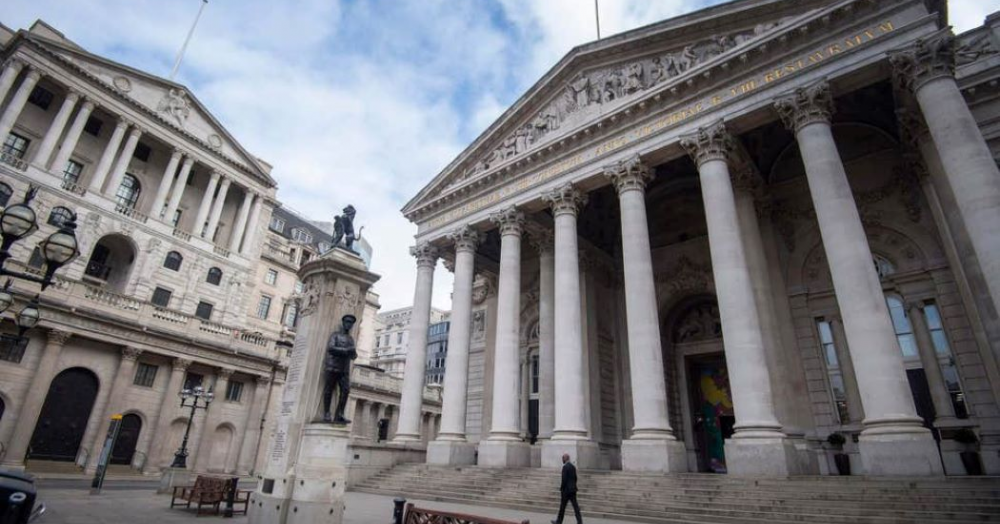

Get in touch with us
Thinking of selling soon? Setting the right asking price can make or break your move. Here’s why overvaluing your home, even with the best intentions, can actually reduce its true market value and slow your sale.
In today's competitive property market, finding your ideal home before anyone else can make all the difference. Discover how our unique 'Heads Up Property Search' gives you a significant advantage, helping you secure your next home ahead of the crowd.
Being a landlord in 2025 comes with fresh challenges, from shifting regulations to changing tenant expectations. Whether you’re experienced or new to lettings, this checklist will help you stay compliant, competitive, and confident in the year ahead.
If you walk down almost any Shepperton road or street, you will see the quiet signs of life playing out behind the front doors. Families growing. Kids leaving home. Kitchens are being refitted for the second or third time. Yet somewhere in that rhythm, every homeowner starts to feel it again ... the gentle itch to move.